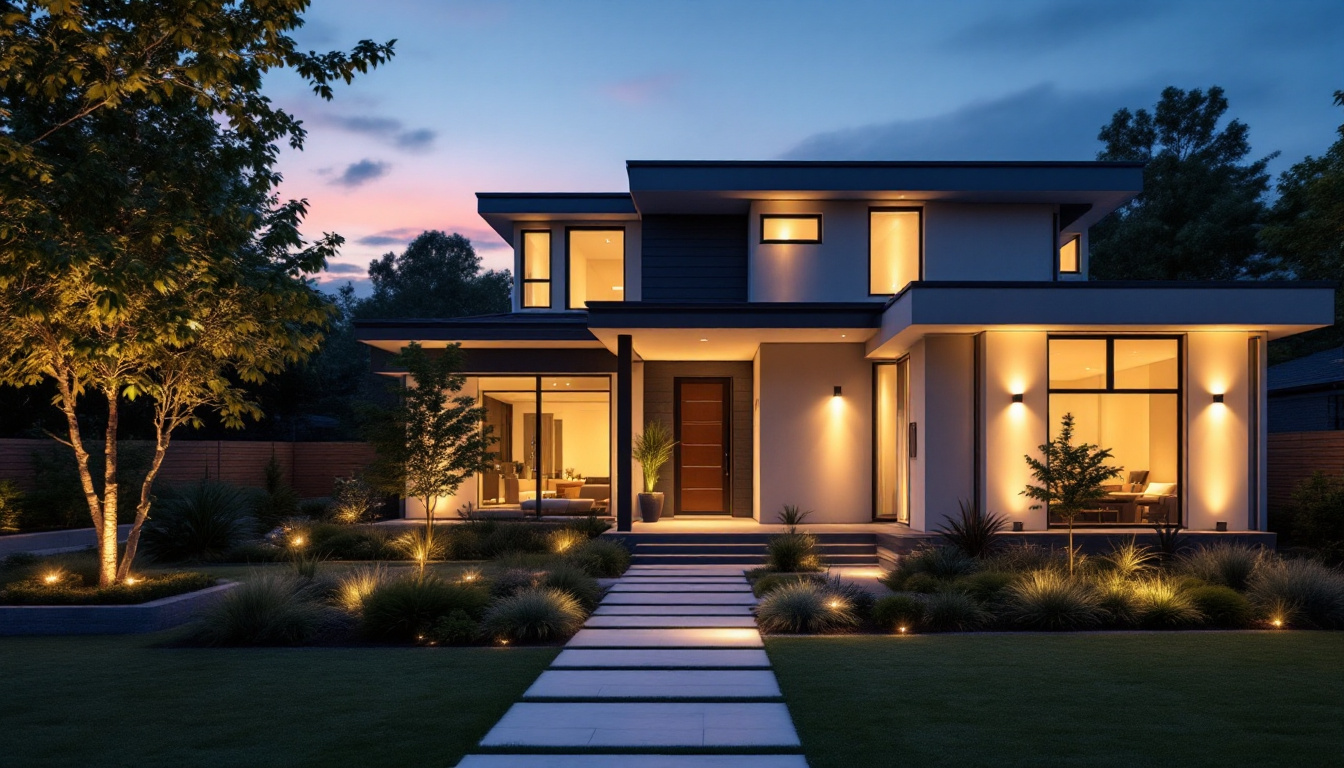
As the world evolves, so does the approach to outdoor lighting design. Lighting contractors are increasingly tasked with creating not just functional spaces, but also aesthetic experiences that enhance the beauty of homes and landscapes. The future of outdoor lighting design is marked by innovation, sustainability, and technology, all of which play a pivotal role in shaping how spaces are illuminated.
Outdoor lighting serves multiple purposes, from enhancing security to creating inviting atmospheres for social gatherings. As clients become more discerning, the demand for sophisticated lighting solutions that combine practicality with artistry continues to grow. This article explores the trends and technologies that are defining the future of outdoor lighting design and installation.
One of the most significant trends in outdoor lighting is the integration of smart technology. Smart lighting systems allow homeowners to control their outdoor lights remotely via smartphones or voice-activated devices. This level of control not only enhances convenience but also improves energy efficiency. For lighting contractors, understanding how to install and configure these systems is becoming essential.
Smart outdoor lighting can be programmed to adjust based on the time of day or occupancy, ensuring that lights are only on when needed. This not only reduces energy consumption but also extends the lifespan of the lighting fixtures. As more clients seek energy-efficient solutions, contractors must stay updated on the latest smart technologies and their installation processes.
Environmental consciousness is a driving force in many industries, and outdoor lighting is no exception. The future of lighting design increasingly emphasizes sustainability, with a focus on using energy-efficient fixtures and renewable energy sources. LED technology has revolutionized outdoor lighting, offering long-lasting, low-energy options that significantly reduce carbon footprints.
Contractors are now tasked with sourcing sustainable materials and fixtures that align with clients’ eco-friendly values. This includes using solar-powered lights, which harness sunlight during the day and illuminate outdoor spaces at night without relying on the grid. Incorporating these sustainable practices not only benefits the environment but also appeals to a growing demographic of environmentally conscious consumers.
Outdoor lighting is no longer just about functionality; it is also about creating a captivating ambiance. The future of outdoor lighting design focuses on enhancing the aesthetic appeal of homes and gardens. This involves using a combination of different lighting techniques, such as uplighting, downlighting, and accent lighting, to highlight architectural features and landscaping.
Lighting contractors are encouraged to collaborate closely with landscape architects and designers to create cohesive lighting plans that complement the overall design of the property. By understanding how to manipulate light and shadow, contractors can transform ordinary outdoor spaces into extraordinary experiences that leave a lasting impression.
LED technology continues to advance, offering even more options for outdoor lighting design. With improvements in color temperature, brightness, and dimming capabilities, LED fixtures can now mimic the warmth of traditional incandescent bulbs while providing the efficiency of modern lighting solutions. This versatility allows contractors to cater to a wider range of client preferences.
Moreover, the durability of LED fixtures makes them ideal for outdoor use. They are resistant to harsh weather conditions, which means fewer replacements and maintenance costs for homeowners. As a result, lighting contractors can confidently recommend LED solutions, knowing they will provide long-term value.
As smart homes become increasingly popular, the integration of outdoor lighting with home automation systems is a growing trend. This integration allows homeowners to synchronize their outdoor lighting with other smart devices, such as security systems, thermostats, and indoor lighting. For contractors, understanding how to seamlessly integrate these systems is crucial.
Homeowners can set schedules, adjust brightness, and even change colors based on their mood or occasion, all from a single interface. This level of customization not only enhances user experience but also adds a layer of sophistication to outdoor spaces. Contractors who can provide expertise in this area will be well-positioned to meet the demands of modern clients.
The rise of wireless technology has transformed the way outdoor lighting is installed and managed. Wireless lighting systems eliminate the need for extensive wiring, making installation faster and less invasive. This is particularly advantageous for contractors working on existing properties where running new wires can be challenging.
Wireless systems also offer flexibility in design, allowing for easy adjustments and expansions in the future. As homeowners seek to adapt their outdoor spaces over time, contractors who are familiar with wireless lighting solutions can provide valuable insights and options that cater to evolving needs.
Every outdoor lighting project begins with a thorough understanding of client needs and preferences. Lighting contractors must engage in detailed consultations to identify the specific requirements of the homeowner. This includes discussing the primary purposes of the lighting, such as security, aesthetics, or functionality.
Additionally, understanding the architectural style of the home and the surrounding landscape is essential for creating a cohesive lighting design. Contractors should consider factors such as the layout of outdoor spaces, existing features, and the desired mood. By taking the time to understand client needs, contractors can deliver tailored solutions that exceed expectations.
Safety is a paramount concern in outdoor lighting design. Lighting contractors must ensure that all installations comply with local codes and regulations. This includes adhering to guidelines related to electrical safety, fixture placement, and energy efficiency standards.
Moreover, outdoor lighting should enhance safety by illuminating pathways, entrances, and other potential hazards. Contractors should prioritize the installation of fixtures that provide adequate visibility without causing glare or light pollution. By focusing on safety and compliance, contractors can build trust with clients and ensure successful project outcomes.
A successful outdoor lighting design is one that harmonizes with the overall aesthetic of the property. Contractors should consider the architectural style of the home, the landscaping, and the surrounding environment when selecting fixtures and placement. This cohesive approach ensures that the lighting complements the existing features rather than detracting from them.
Incorporating a variety of lighting techniques, such as path lighting, accent lighting, and ambient lighting, can help create depth and interest in outdoor spaces. By skillfully layering different types of lighting, contractors can enhance the visual appeal of the property while providing practical illumination.
Before installation begins, careful planning and layout are crucial to achieving the desired lighting effects. Contractors should create a detailed lighting plan that outlines the placement of fixtures, wiring routes, and power sources. This plan serves as a roadmap for the installation process and helps ensure that all components work seamlessly together.
Additionally, considering the landscape’s natural features and existing structures is essential for effective planning. By taking into account factors such as trees, shrubs, and architectural elements, contractors can strategically position fixtures to maximize their impact while minimizing obstructions.
The quality of materials used in outdoor lighting installations can significantly affect the longevity and performance of the system. Contractors should prioritize using durable, weather-resistant fixtures and components that can withstand the elements. Investing in high-quality materials not only enhances the overall aesthetic but also reduces the need for frequent repairs or replacements.
Furthermore, selecting energy-efficient bulbs and fixtures can lead to long-term cost savings for homeowners. Contractors should stay informed about the latest advancements in lighting technology to provide clients with options that offer both quality and efficiency.
Once the installation is complete, thorough testing is essential to ensure that all components function as intended. Contractors should check for proper wiring, fixture alignment, and overall performance. This testing phase allows for any necessary adjustments to be made before the project is finalized.
Additionally, providing clients with guidance on how to operate and maintain their new lighting system is crucial. Educating homeowners about the features and functionalities of their outdoor lighting can enhance their experience and satisfaction with the installation.
As technology and environmental considerations evolve, so too do regulations surrounding outdoor lighting. Contractors must stay informed about local and national codes that govern outdoor lighting installations. This includes understanding energy efficiency standards, light pollution regulations, and safety requirements.
Adapting to these changing regulations presents both challenges and opportunities for contractors. By staying ahead of the curve and embracing sustainable practices, contractors can position themselves as leaders in the industry and attract environmentally conscious clients.
The rapid pace of technological innovation in the lighting industry presents exciting opportunities for contractors. Embracing new technologies, such as smart lighting and wireless systems, can set businesses apart from the competition. Contractors who invest in ongoing education and training will be better equipped to meet the evolving demands of clients.
Moreover, staying informed about emerging trends and innovations allows contractors to offer cutting-edge solutions that enhance the overall lighting experience. By being proactive in adopting new technologies, contractors can build a reputation for excellence and reliability.
As clients become more knowledgeable about lighting options and technologies, their expectations continue to rise. Contractors must be prepared to meet these expectations by providing exceptional service, quality installations, and innovative solutions. Building strong relationships with clients through effective communication and transparency is key to fostering trust and loyalty.
By actively listening to client needs and preferences, contractors can deliver tailored solutions that align with their vision. This personalized approach not only enhances client satisfaction but also leads to valuable referrals and repeat business.
The future of outdoor lighting design and installation is bright, characterized by innovation, sustainability, and a focus on aesthetics. As lighting contractors navigate this evolving landscape, staying informed about trends, technologies, and best practices will be essential for success. By embracing new ideas and adapting to changing client expectations, contractors can position themselves as leaders in the industry, creating beautiful and functional outdoor spaces that enhance the lives of homeowners.
Ultimately, the integration of smart technology, sustainable practices, and a keen understanding of design principles will define the future of outdoor lighting. As the demand for sophisticated lighting solutions continues to grow, contractors who prioritize quality, safety, and client satisfaction will thrive in this dynamic field.
Ready to lead the future of outdoor lighting design and installation with innovation and sustainability? Look no further than LumenWholesale for all your lighting needs. We provide contractors with high-quality, spec-grade lighting products at unbeatable wholesale prices. Our extensive selection not only meets but exceeds industry standards, ensuring your projects shine with reliability and high performance. Plus, with free shipping on bulk orders, you can trust that you’re getting premium lighting at the best value — without any hidden fees. Elevate your outdoor lighting projects by choosing LumenWholesale, where quality, affordability, and convenience come together seamlessly. Wholesale Lighting at the Best Value is just a click away.
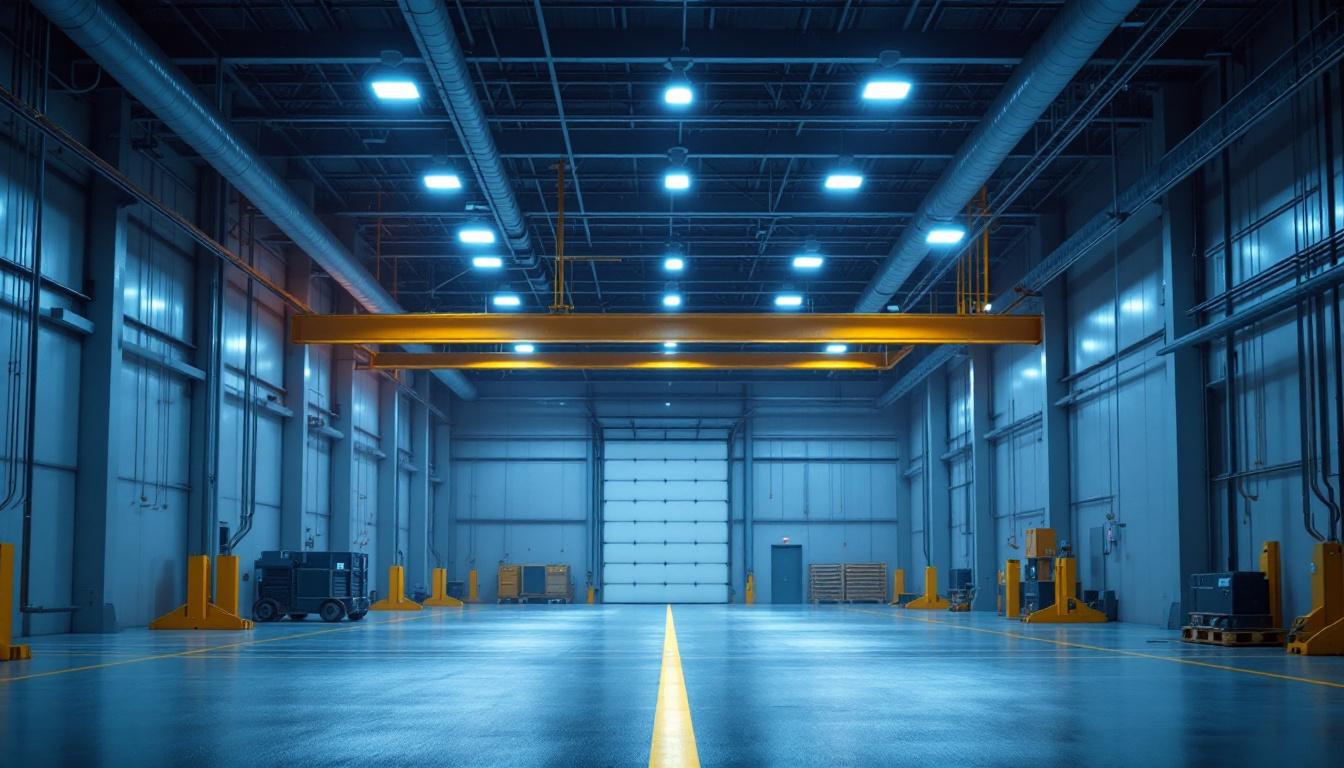
Discover how Hyperlite High Bay Lights can transform your lighting strategy with unparalleled efficiency.
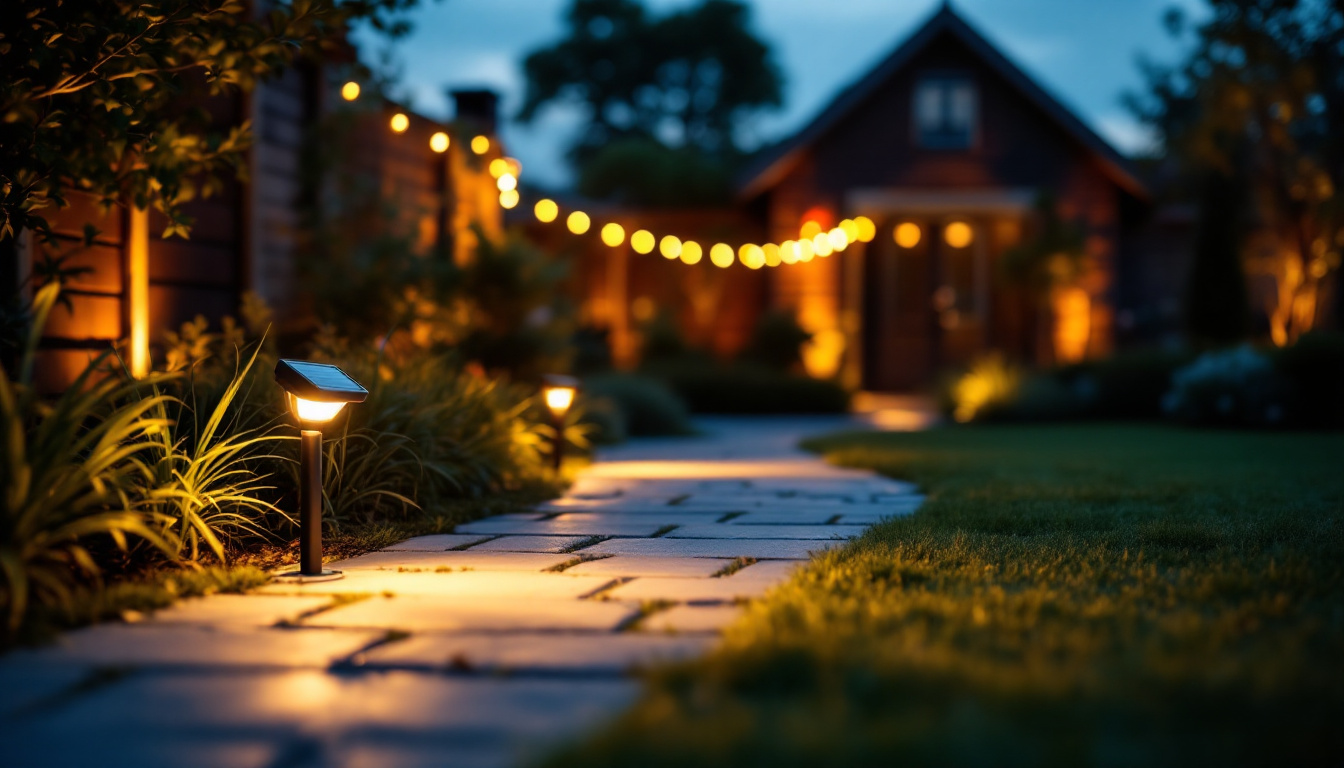
Discover expert tips and insights on solar-powered flood lights tailored for lighting contractors.
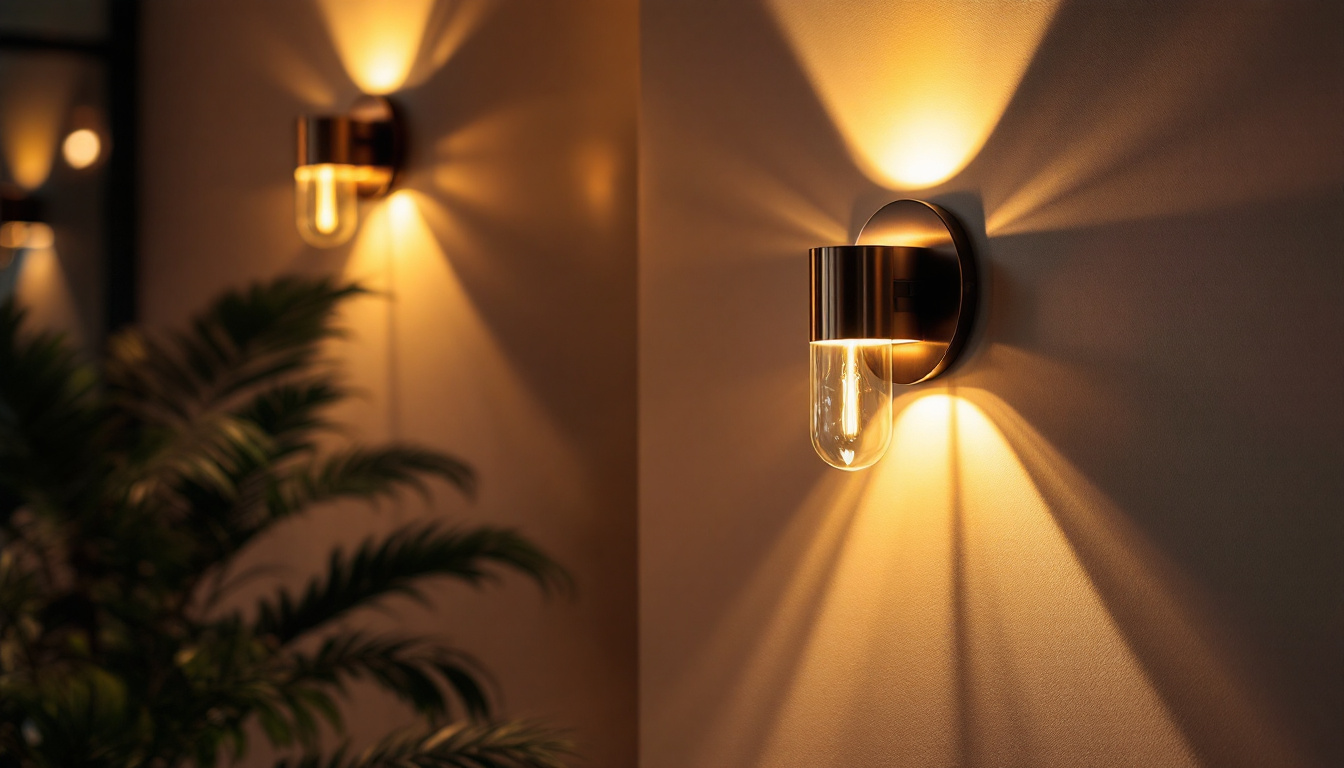
Discover how lighting contractors are transforming spaces with wall light sconces through real-world success stories.
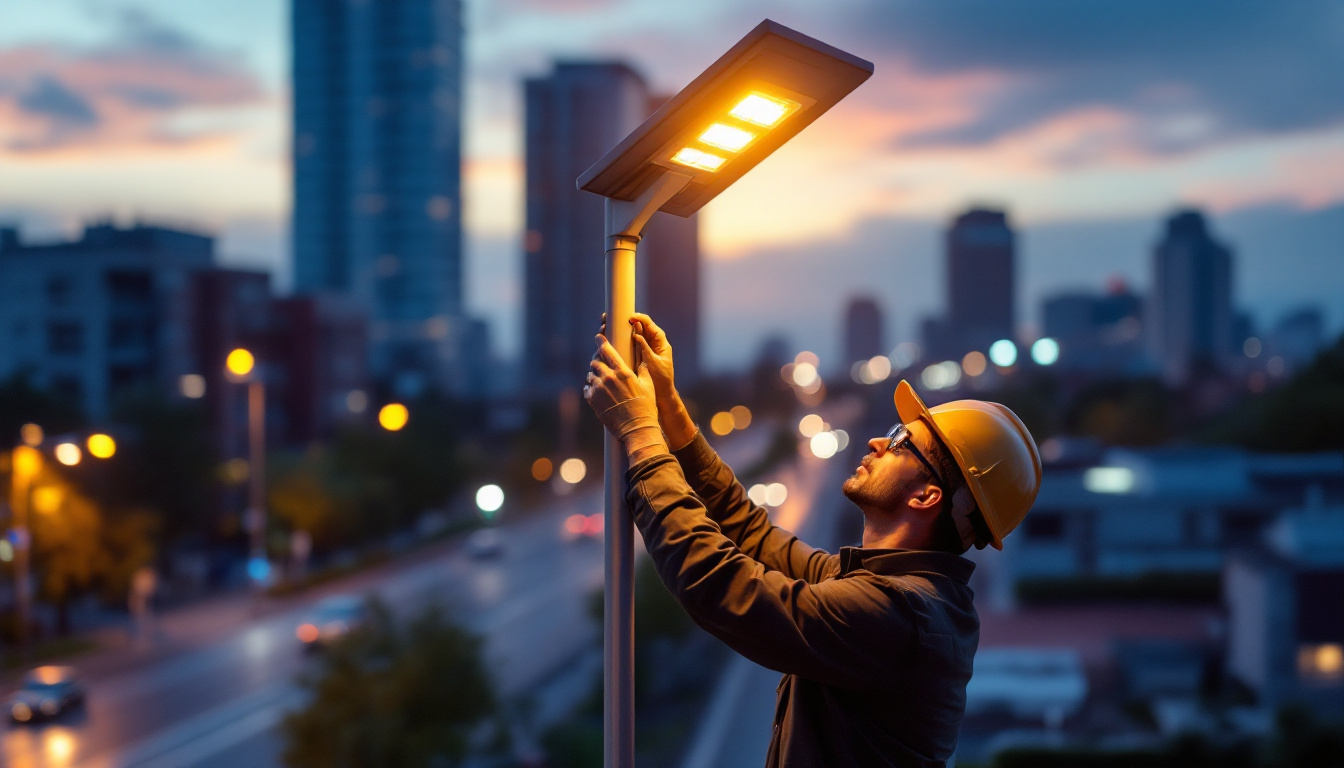
Discover the common pitfalls lighting contractors face with commercial solar street lights and learn how to avoid them.